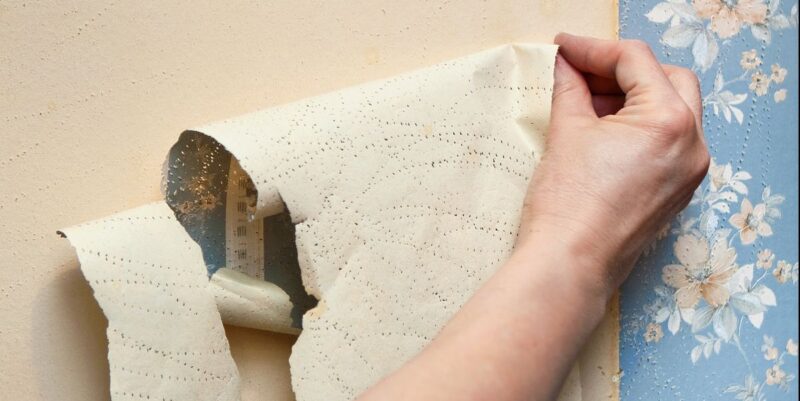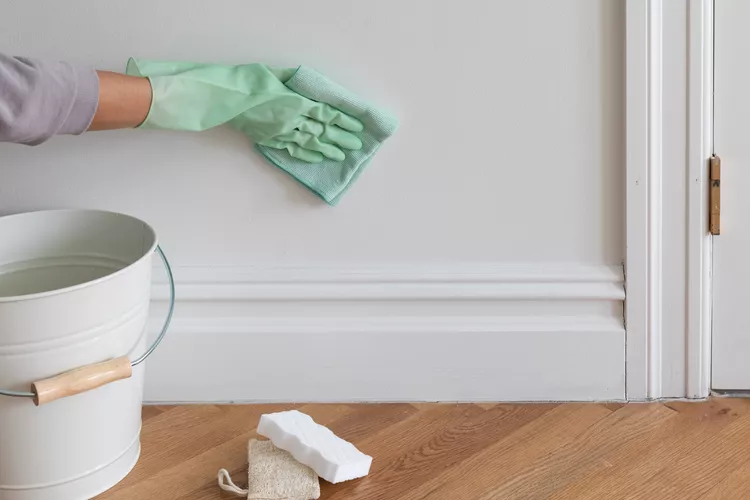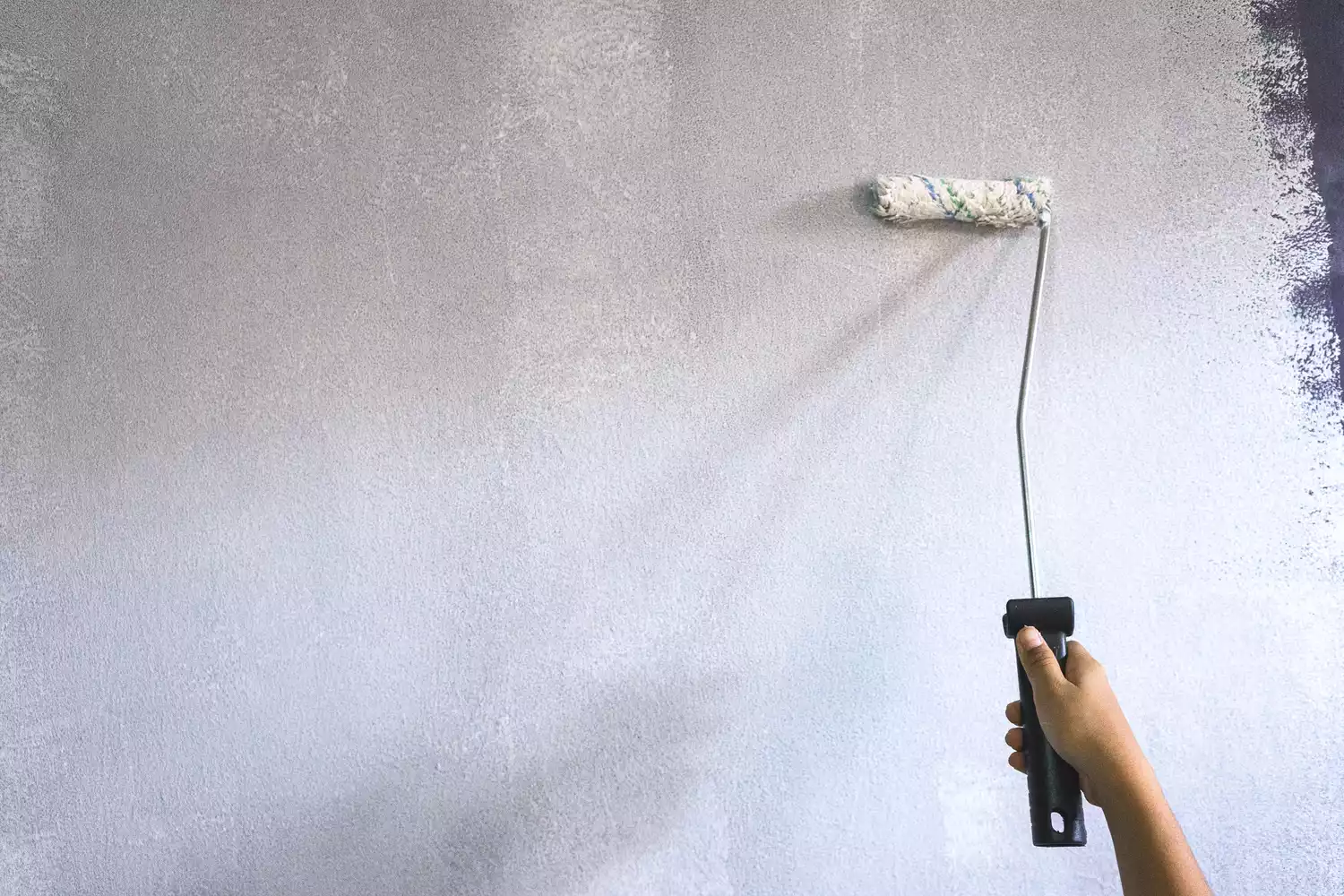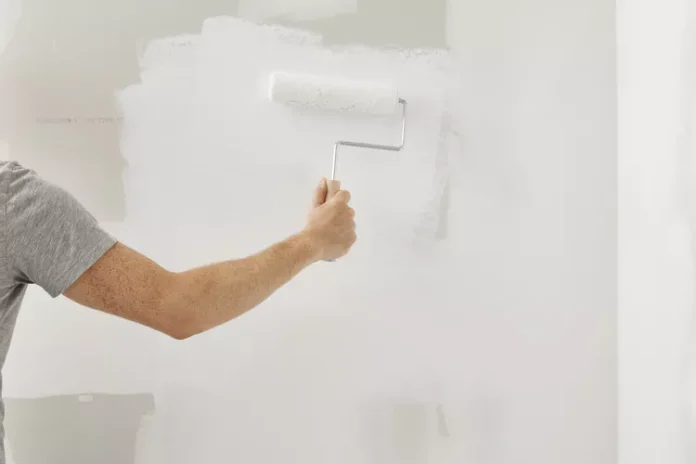As popular culture is booming, so is the need for people to have aesthetically pleasing and trendy homes and home designs. This has led to a phenomenon which makes people want to colour their homes in a variety of ways and makes them want to try newer patterns, colours and designs of paint every once in a while. This is what leads people to want to learn ways in which they can prepare the walls and ceilings of their homes and office spaces for painting.
Although it may seem like a very simple task, there is a lot of skill involved in preparing the perfect surface for painting, be it the ceiling or the wall. To get the perfect type of base and finish, people often look for professional services like painting Roseville service available locally. Professional painting services not only ensure that the colour goes on nicely but they also make sure to provide the perfect finish required while painting. They are an overall help for such a task. But besides getting professional help, it is also necessary to know how walls and ceilings should be prepared before painting to avoid any issues that can arise during the commission of the work. Below are the steps using which walls and ceilings can be prepared for painting in 2024:
Remove Or Cover All The Furniture In The Room

Before starting with any step relating to painting, it is necessary to ensure that the furniture in the room stays safe from any random and unwanted colour splashes. To ensure this, one should cover the items of furniture in the room with a thick piece of cloth or canvas or simply relocate the pieces of furniture to some other room for the time being. This will ensure that the items of furniture remain splatter-free.
Besides this, if there is any carpet on the room’s floor, it should be removed or covered as well to prevent any damage. It is also advised to remove all the fittings and fixtures from the ceiling and the surfaces that are to be painted.
In The Case Of A Wall With Wallpaper, Remove The Wallpaper

If one wants to colour a wall which is already covered in another wallpaper, it is advisable to remove the wallpaper before the painting can begin. This is done to ensure a cleaner finish to the painted surface. Although some people do paint new colours over pre-existing wallpapers, it is not a good practice since if the wallpaper starts to chip off, it can also lead to the chipping off of the paint on the wall making the surface look dilapidated. This is why getting rid of the wallpaper should be the priority.
There are various ways in which one can remove the wallpaper of a room. If the wallpaper is stuck on using a weaker glue, one can simply try to pull it off. But for a well-placed and well-stuck wallpaper, one of the best ways to do it is by steaming it. This can be achieved by holding a steamer close to the wall which will warm up the adhesive and help in loosening the bond between the wallpaper and the wall. After this, one can easily use a putty knife to take off the wallpaper. Later, water and soap can be used to clean off any extra glue residue from the surface.
Clean The Walls

Over time, walls accumulate a lot of grease and dirt. This is why they need to be cleaned so that any other product can be easily applied on the surface. One can use a cellulose sponge for this task. Using the cellulose sponge along with water and a mild dishwashing soap can help in removing the greasiness from the surface and making it fit for any other application.
Look For Any Imperfections And Flatten The Surface
The next step of preparing the walls and ceiling for a fresh coat of paint is to look for any imperfections that might be on the surface. Once all the imperfections and bumps are identified on the wall, the next step is to ensure an even surface fit for painting. This can be done in two ways. Firstly, by scrubbing off any extra outgrowings on the wall by sanding them off. The other gaps can be filled using a quick drying filler and scraping off the excess. This will lead to an even surface perfect for painting.
It should be noted that while sanding off the surface, one should be wearing a mask and goggles and preferably open the windows and doors for proper ventilation. This is an important part of the safety protocol.
Apply A Coat Of Primer

The final step to get a wall or ceiling ready to be painted is to apply a layer of primer on it. Different types of primers can be used on the surfaces based on their usage. For example, a rainguard primer is more suited to external walls of the houses as well as bathroom walls whereas other walls can be coated using a normal cement primer.
It is recommended to use a roller to get an even layer of the primer on the walls as well as the ceiling. There are many benefits of applying a layer of primer. Not only does it allow the paint to stick to the surface but also ensures that overall fewer layers of colour are needed to coat the surface. A primer should be allowed to dry for at least four hours before paint can be applied to the surface.
Conclusion
Making a room’s wall and ceiling ready for painting is a skill-based task that needs to be learnt. If all the steps of such preparation are followed properly then it allows for a clean application of the paint as well. Getting a wall or ceiling ready means making it smooth, grease-free and applying primer on it to allow the paint layer to set.




